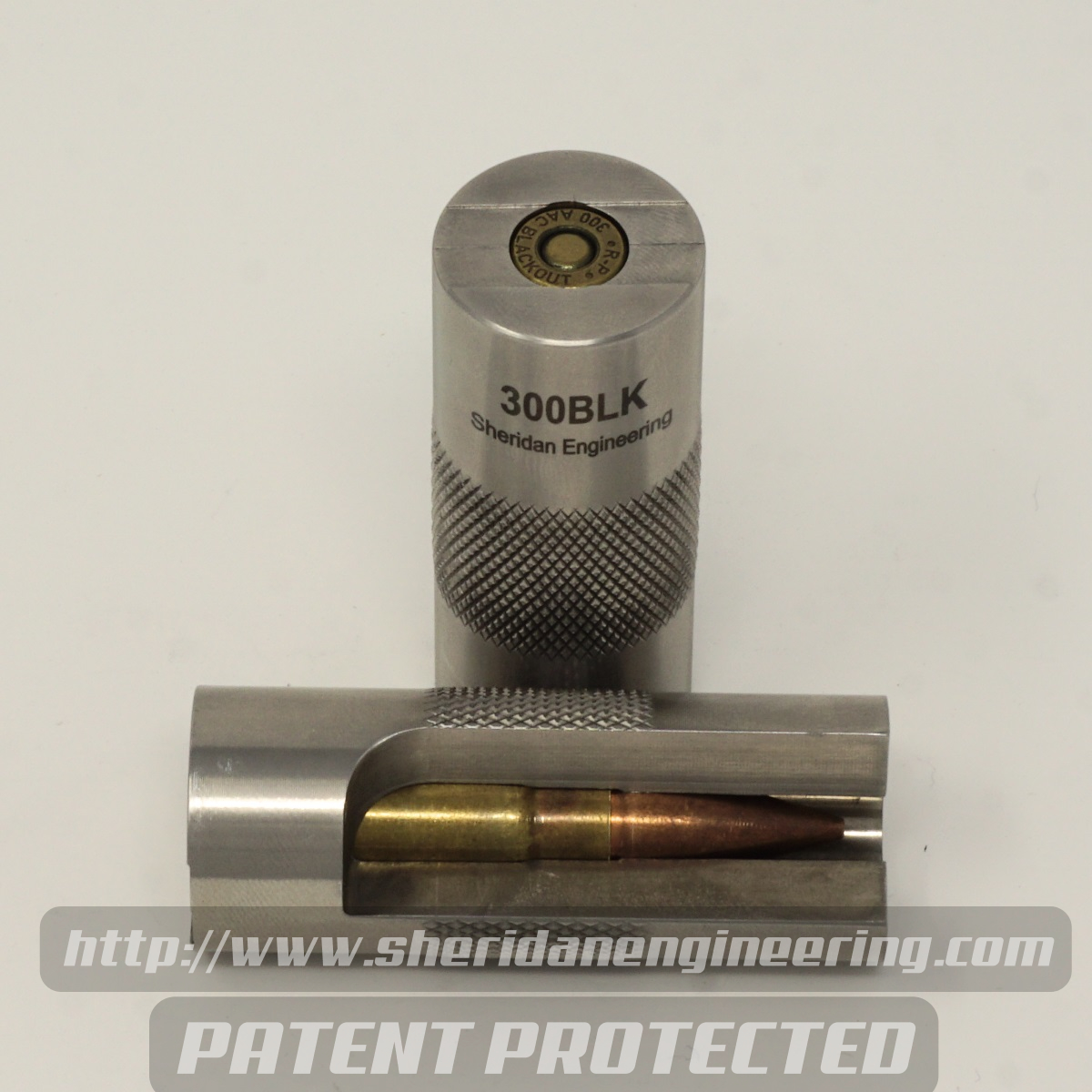I’m finally going to get into loading for this caliber. Have plenty of Lake City brass and don’t mind taking the time to convert it. That said, most everyone on this site understands and values consistency. For those who have both made and bought brass, to get quality “match” style consistency, what’s your insights on making the brass? I’ve read both styles of “forming” then sizing, or just sizing. Is there one that leads to better initial consistency? I am looking to not have fireformed loads differing from initially sized ones. Ideally I’d like to make my own brass that’s close enough to fired and resized brass so I can replenish as necessary with one single load combination.
Going to be using a Mighty Armory sizing die and AMP annealer.
Going to be using a Mighty Armory sizing die and AMP annealer.



